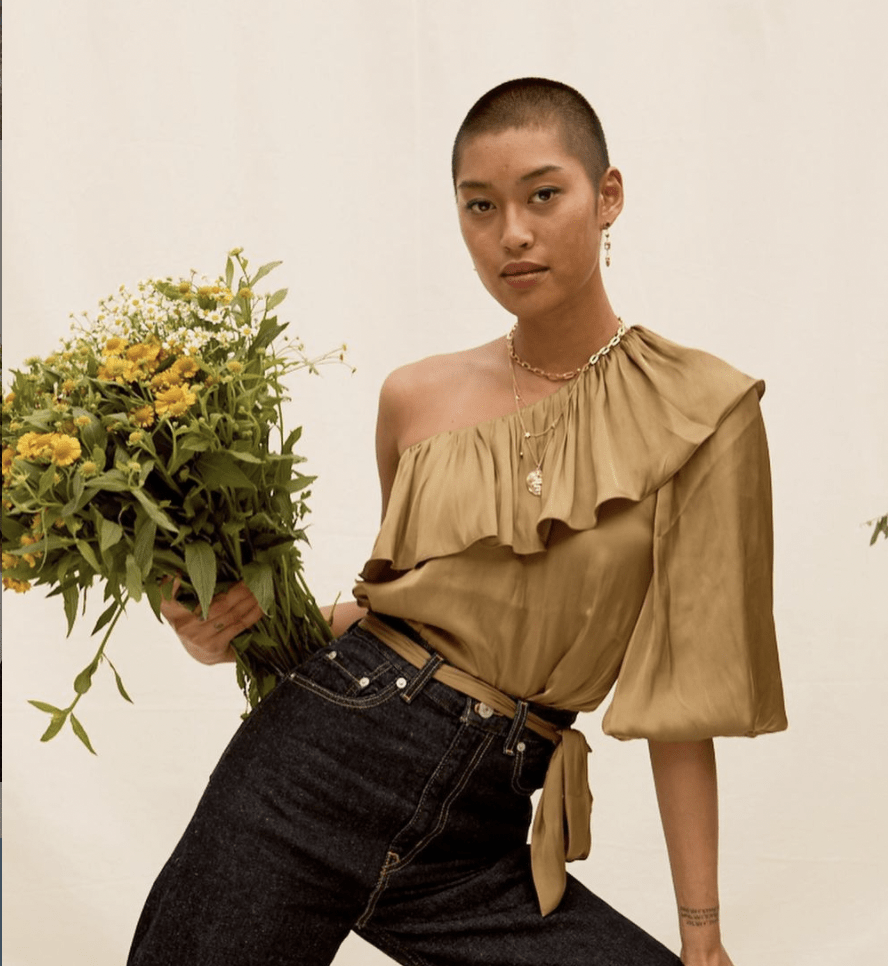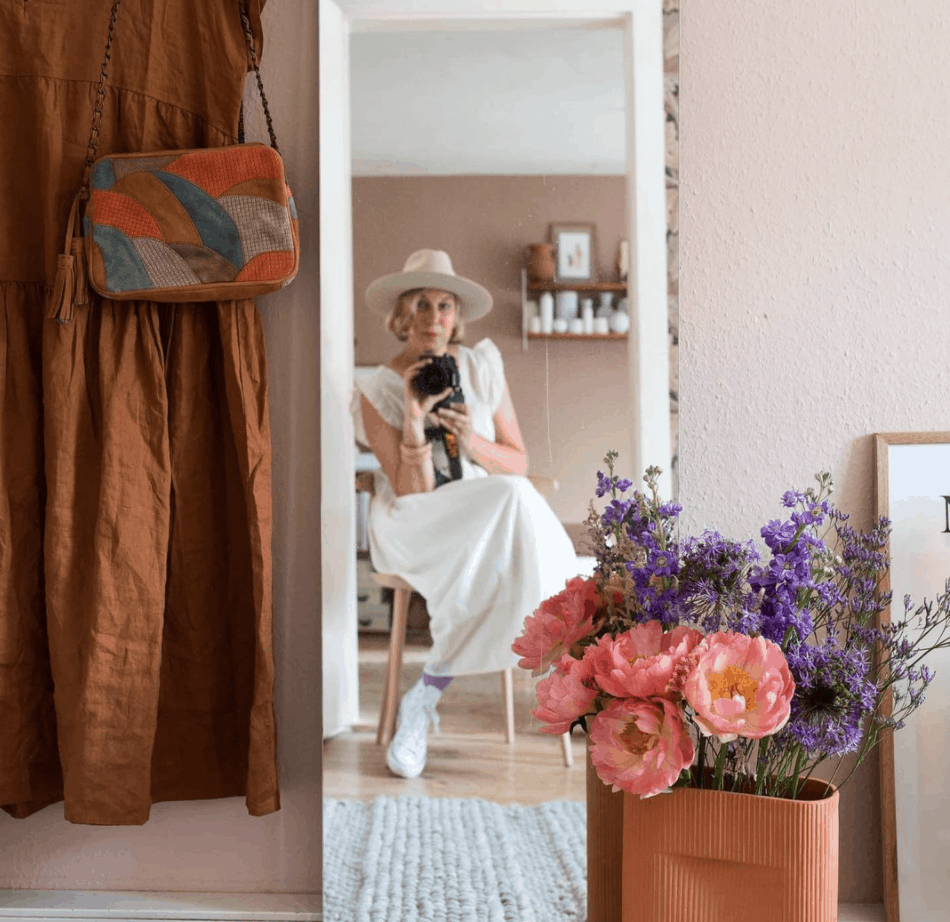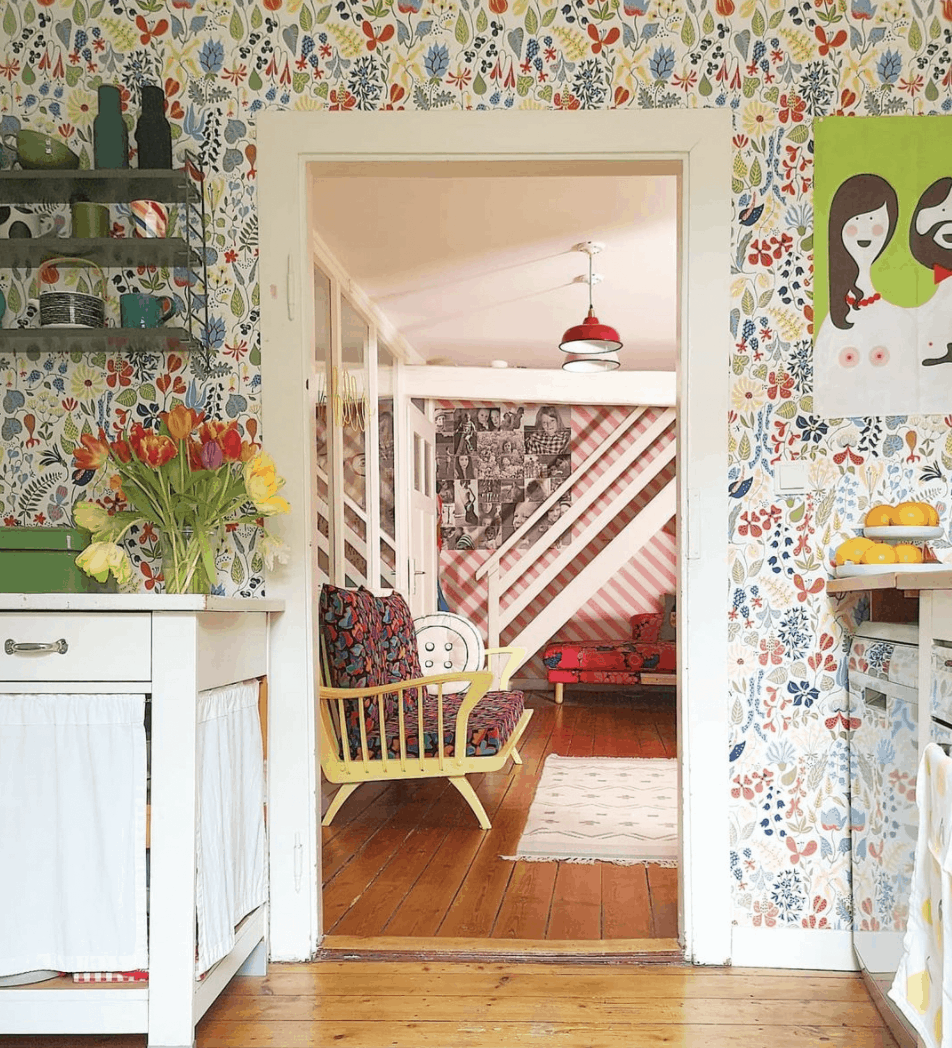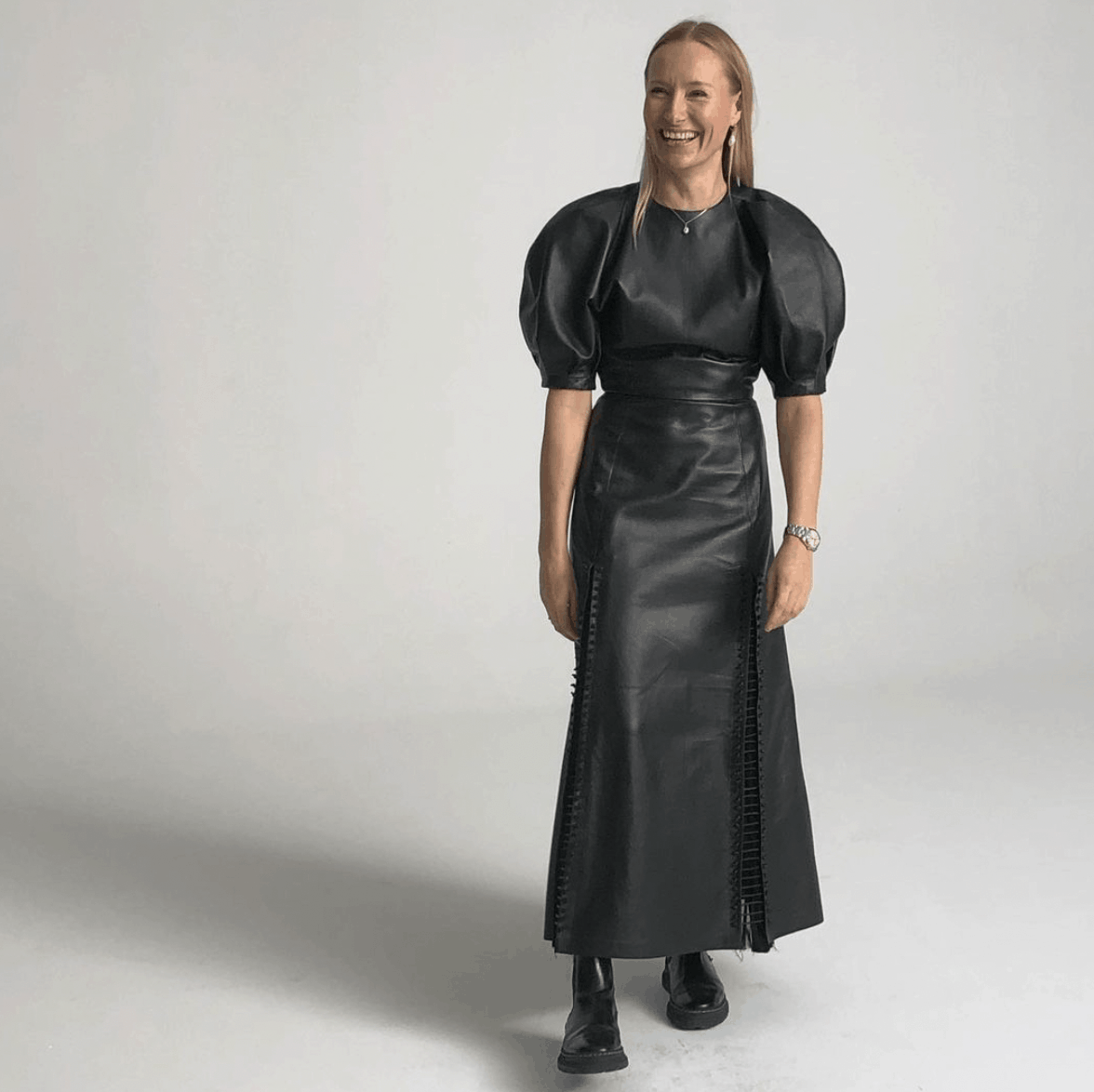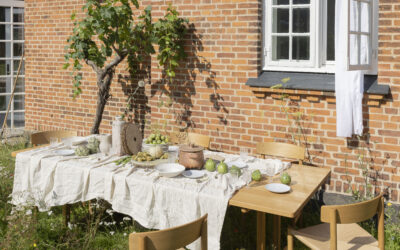Germany: Why and how to conquer the lifestyle market
VOCAST has been curating lists for the German Fashion and Home Interior sectors for many years now. Due to the high relevance of the German Market for all brands in both segments, we hosted webinars for you to learn more about the potential of Germany and how to unlock this large market as a company. Germans value craftsmanship, sustainability, transparency, and quality. They will buy into a company more than solely a product, which is why Scandinavian lifestyle brands have been very successful within the German market for quite some time now.
Find a recap of important things to know about the market. Here is why and how you should go about conquering the German Lifestyle Market:
“Berlin is home to the dense concentration of fashion businesses in Germany. With approximately 3100 companies and 25400 people employed, Berlin is Germany’s Fashion capital!”
German efficiency is not only a cliché
German efficiency is a phenomenon based on the truth! It is a cliché we Germans are proud of and an image we like to continue to portray to others. For you, this does mean extra work though! German people expect you to reciprocate the level of efficiency when working. If there’s anything you want or need attending to, it is expected of you to do so in an efficient manner. Have all your facts straight, and know what you need to when approaching someone. Knowledge within a subject matter is absolutely vital. No one wants to be wasting anyone’s precious time, so ensure that you are being thorough. This also goes for punctuality. When meeting someone in person, make sure to be a few minutes early…Germans don’t like waiting!
Being direct yet polite is the key
Germans are known to be direct and blunt, but being polite is key! They might not reciprocate the kindness if you catch them on a bad day, but hey no one is perfect! If you want something, don’t hesitate to ask! Being direct is preferred, don’t waste anyone’s time! The German standard for politeness and etiquette is slightly different from some other countries. When addressing someone with “you” in German there are multiple forms. “Du” and “Sie”. When speaking to someone you don’t know, you should always address them with the “Sie” form and their last name, especially when having E-mail contact. You can switch to a first name and “du” basis when they invite you to do so! If you’re unsure of how to speak to someone always choose the more formal version, just in case!
Consistence, Practicality and Budgets
German people are known to be easily recognizable on any vacation and as much as that construct is a cliché it is based on facts. Comfort and practicality are elements highly valued by the German consumer. Paired with the love of things being easy, efficient, and consistent and the ability but not desire to invest a lot of money, the German spending culture may seem different to other markets.
Get acquainted with the German media landscape
Included in VOCAST’s German curated lists


A rich influencer scene
Germany is obviously a very large market, with over 83 million people inhabiting the European country. When it comes to influencers there are an endless amount of digital creators. Whether known on Instagram, Youtube, or more recently, TikTok, German influencers are present on various social media platforms with the ability to reach a large group of people. This makes influencer marketing essential for brands wanting to gain traction within the German market.
Stefanie Giesinger is one of the most well-known German Fashion Influencers with nearly 4 Million followers on Instagram, followed by Leonie Hanne, Caro Daur, and Xenia Adonts, all of which can be found in our Top 10 Fashion Advocates list, with consent, ready to be contacted. These prominent, globally known influencers only make up three of the many relevant influencers. With brands working with different aesthetics, brand values, and products, there are countless micro as well as macro-influencers.
Print and Online Publications
Berlin may be the Fashion capital of Germany but the large publishing houses such as Condé Nast and Burda Media are based in Munich. The high fashion and commercial magazines are predominantly based in Munich and Hamburg with Berlin housing more quirky and individual magazines, which are not owned by big media corporations.
With 60+ magazines online publications solely in the fashion segment, brands have the ability to make informed decisions on where they see brand features to be most relevant and have the luxury to select the best matches for them and still saturate the market with content. Discover a few of the many publications you have access to through the German Curated Lists below!
Meet some of the editors
To get access to the German curated lists of these Magazines, Influencers, Architects, Editor-in-chiefs, Editors, and more
SIGN UP TO OUR NEWSLETTER
Get free knowledge on how to optimize your B2B marketing & new product releases.
RELATED POSTS
The Art of Slow Living: When Thoughtful Choices Redefine Design
With a fast-paced everyday life, the principles of slow living stand in a sharp and perhaps comforting contrast. As the movement progresses, more people are integrating the values of slow living into all areas of their lives – from slow food to slow fashion and slow...
Mastering Sustainable Branding in Interior Design
In recent years, the appeal of trendy marble coffee tables, plush sofas, and finely designed lamps has captivated us all. While the interior design industry often embodies craftsmanship, it also has a less glamorous side: its environmental impact. This reality has...
Beyond the Aesthetic: The Emergence of Stylists as Influencers
In the realm of interior design, stylists, recognized for turning creative visions into captivating editorial and commercial projects, are increasingly emerging as key influencers on social media. The rise of digital platforms has substantially redefined their roles,...


